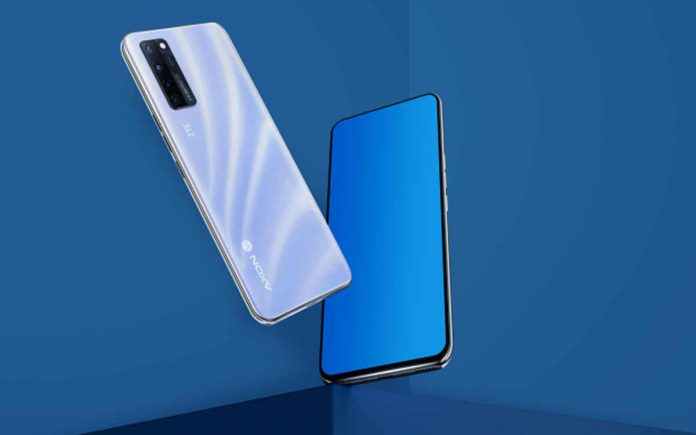ZTE surprised by presenting the Axon 20 5G and its selfie sensor hidden under the screen. Unfortunately, although innovative, the technology is not at all at the level of current quality standards. Bad exposure, near-systematic blur, disappointing color balance… The smartphone does clearly shine through its photo performance.
Credits: ZTE
On September 1, 2020, ZTE launched the Axon 20 5G, its latest flagship powered by a Snapdragon 765G, 6GB of RAM and featuring a 6.9″ screen. But what has jumped in the eyes of everyone is of course the selfie sensor behind said screen, a first in the smartphone world. The 64-megapixel camera and its LED flash are completely invisible, resulting in an innovative design to say the least. Beyond the technical progress, is the result at the rendezvous? Not really.
The DxOMark test does not go there with a dead hand. The site gives it a score of 26, well below the other models of the moment. It also states that there is only one smartphone with a lower rating, namely the Intex Aqua Selfie. The list of defects of the photo sensor is indeed impressive and seems almost out of another time. Especially since it is accompanied by technical problems to say the least funny: the quality of the shots is even worse when … The screen is on.
What’s wrong with the ZTE Axon 20 5G photo sensor?
Let’s start at the beginning. Perhaps the biggest problem with the photo sensor is its catastrophic exposure management. DxOMark notes that most of the time, the shots are sorely lacking in light, when it does not completely dazzle the subject. There does not seem to be a middle ground, which is also found in the balance of colors: the whites are constantly visible, while the skin tones do not appear natural.
Another major problem: the smartphone struggles to get a decent focus. The sensor is obviously designed to take close pictures. Forget using a selfie stick: the blur starts at 55 cm from the subject. Even at a good distance, the device disappoints with a relatively low level of detail and a quantity of noise far too high for a phone of this caliber. Not to mention the portrait mode, which seems far too artificial and imprecise.
Related: Huawei Mate Pro 40 explodes iPhone 12 Pro Max in photo, according to DxOMark
The Axon 20 5G improves somewhat in video, but nothing far below the performance of its competitors. Focus works best,but exposure remains a handicap. It contains the same list of problems as in photo mode. In conclusion, ZTE has been innovative in developing this device. Unfortunately, it would seem that there is still a lot of room for improvement before it is a serious competitor to the best in the field.
Credits: DxOMark
Source: DxOMark










